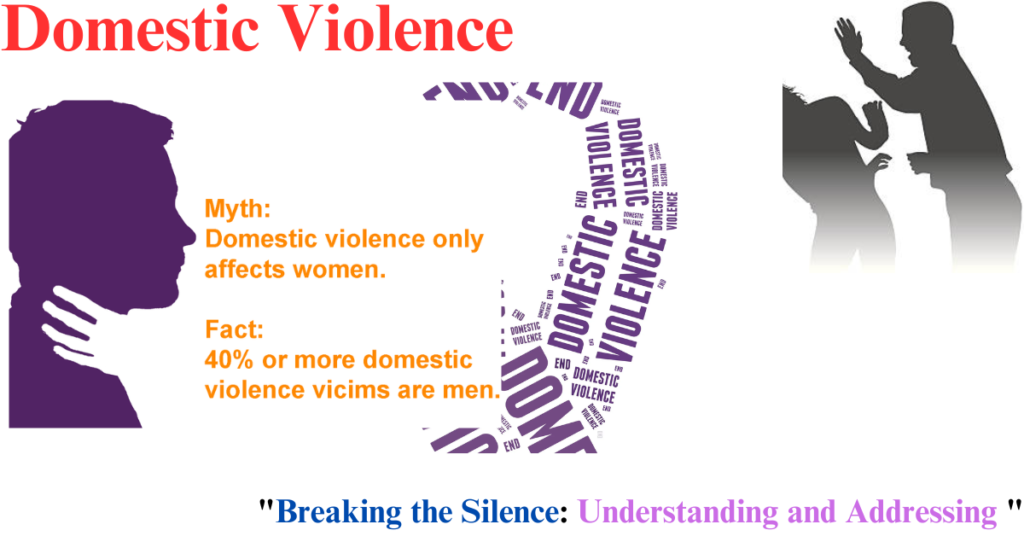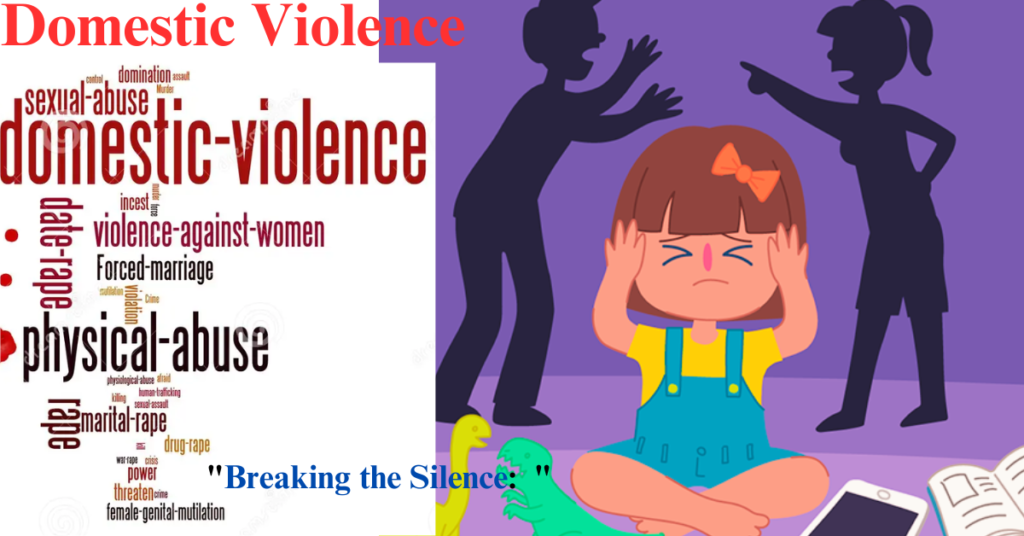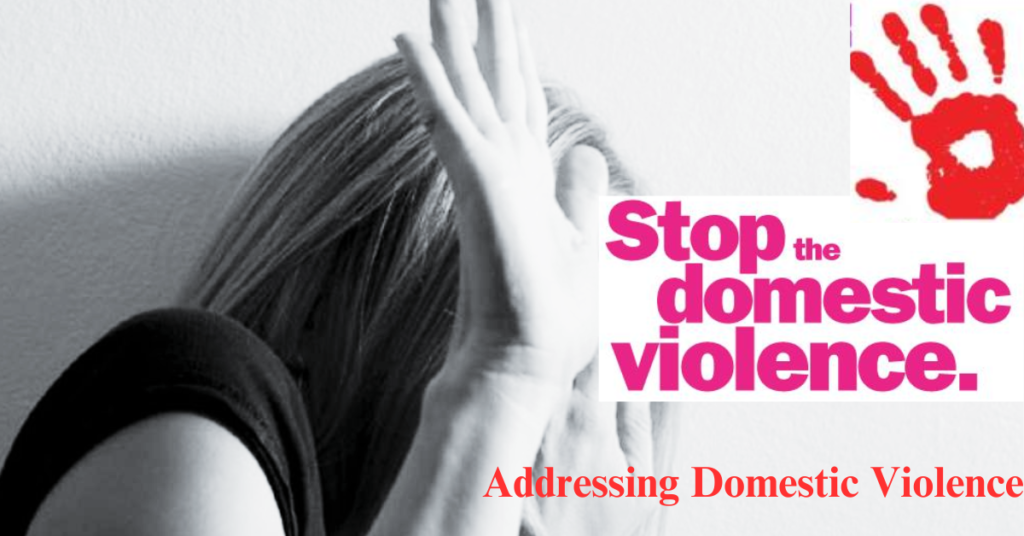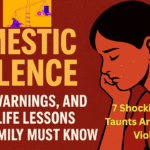Domestic violence is a pattern of abusive behaviors by one person in an intimate relationship to control or dominate the other, encompassing physical, emotional, psychological, sexual, and economic abuse.

Table of Contents
Breaking the Silence: Understanding and Addressing Domestic Violence
Domestic violence is a widespread and deeply entrenched issue that affects individuals across the globe, irrespective of age, gender, socioeconomic status, or cultural background. This article delves into the various forms of domestic violence, its far-reaching impacts, and the essential measures needed to combat this pervasive problem.
Defining Domestic Violence
Domestic violence, also known as intimate partner violence (IPV), is a pattern of behavior in a relationship used to gain or maintain power and control over an intimate partner. It is characterized by the use of physical violence, coercion, threats, intimidation, isolation, and emotional, sexual, or economic abuse. Understanding these forms helps illuminate the diverse ways abuse can manifest and affect victims.

- Physical Abuse: This includes hitting, slapping, punching, choking, or any physical force that can cause harm or injury.
- Emotional and Psychological Abuse: This form of abuse involves behaviors that undermine a person’s sense of self-worth, such as constant criticism, threats, manipulation, and humiliation.
- Sexual Abuse: Any forced sexual activity or behavior that exploits the victim sexually, including rape and other non-consensual acts.
- Economic Abuse: This involves controlling a partner’s access to financial resources, making them financially dependent and unable to support themselves.
The Impact of Domestic Violence
The effects of domestic violence are extensive, impacting not only the victims but also their families and society at large.
- Physical Health: Victims often sustain physical injuries ranging from minor bruises to severe fractures and chronic health conditions. The stress and trauma of abuse can lead to long-term health problems, including hypertension and gastrointestinal disorders.
- Mental Health: Domestic violence has severe psychological effects, including depression, anxiety, post-traumatic stress disorder (PTSD), and suicidal ideation. The constant fear and trauma can also lead to severe emotional distress.
- Impact on Children: Children who witness domestic violence are profoundly affected, often experiencing emotional and behavioral issues, academic struggles, and a higher likelihood of perpetuating the cycle of abuse in their own relationships.
- Economic Consequences: Victims frequently face financial difficulties due to missed work, healthcare costs for injuries and mental health services, and the economic control exerted by the abuser.
Barriers to Leaving Abusive Relationships
Escaping an abusive relationship is fraught with challenges. Victims often face numerous barriers that make leaving difficult:
- Fear: Fear of retaliation and further violence from the abuser is a powerful deterrent.
- Financial Dependence: Many victims lack the financial resources to support themselves independently.
- Emotional Attachment: Abusers often manipulate victims emotionally, fostering feelings of dependency and guilt.
- Social Stigma: Societal attitudes and cultural norms can blame victims or discourage them from speaking out.
- Legal and Institutional Barriers: Ineffective legal systems and inadequate support services can hinder a victim’s ability to leave.
Addressing Domestic Violence

Tackling domestic violence requires a multifaceted approach involving education, support services, legal reforms, community involvement, and healthcare responses.
- Education and Awareness: Raising awareness about domestic violence and educating the public on recognizing signs of abuse and available resources is crucial. Schools and workplaces should implement programs to teach about healthy relationships and the importance of consent.
- Support Services: Providing accessible support services, such as hotlines, shelters, counseling, and legal aid, is essential for helping victims escape abusive situations and rebuild their lives. These services must be adequately funded and staffed by trained professionals.
- Legal Reforms: Strengthening legal protections for victims and ensuring abusers are held accountable is critical. This includes enforcing restraining orders, improving the criminal justice response to domestic violence, and providing victims with legal representation.
- Community Involvement: Communities play a vital role in supporting victims and preventing domestic violence. Neighbors, friends, and family members should be vigilant and offer help. Community organizations can provide safe spaces and resources for victims.
- Healthcare Response: Healthcare providers are often the first point of contact for victims. Training healthcare professionals to recognize signs of abuse and offer appropriate support and referrals is crucial.
- Empowerment and Economic Independence: Programs that empower victims, such as job training and financial literacy courses, can help them achieve economic independence, reducing their reliance on abusers.
The Role of Men in Preventing Domestic Violence
Men play a crucial role in preventing domestic violence. Promoting healthy masculinity, challenging gender stereotypes, and encouraging men to speak out against violence can create a cultural shift towards non-violence. Men must also be involved in educational programs that teach respect, consent, and healthy relationship dynamics.
Conclusion
Domestic violence is a complex issue that demands a collective response from all sectors of society. By understanding its forms and impacts, breaking down the barriers victims face, and implementing a multi-faceted approach, we can work towards a future where individuals live free from violence and fear. Awareness, education, and proactive measures are the keys to ending this pervasive epidemic and fostering a safer, more just society for all.


